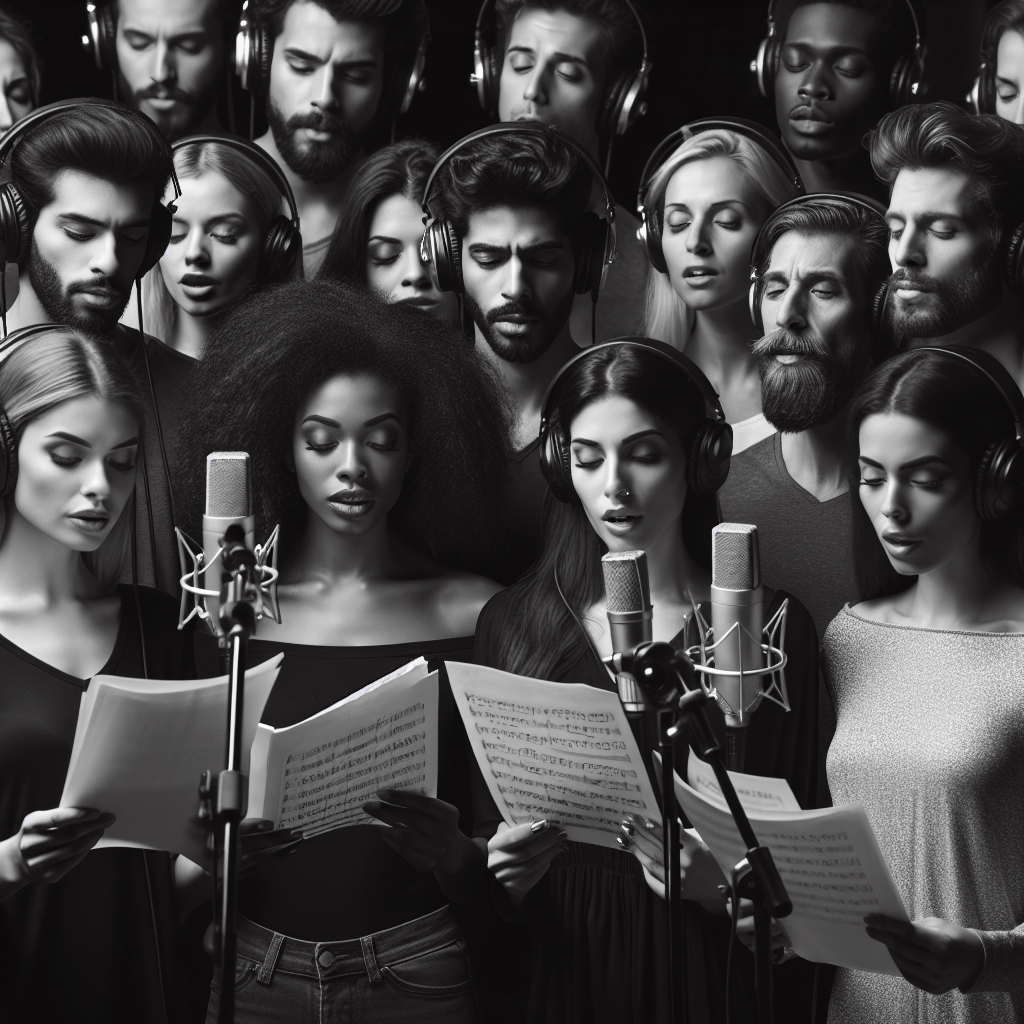The Global Impact and Legacy of “We Are the World”
In an overwhelming display of compassion and unity, the music industry came together to create “We Are the World,” a single that not only scaled the charts but also became a symbol for humanitarian efforts across the globe. This storied song, penned by Michael Jackson and Lionel Richie and produced by Quincy Jones, was first released in 1985. It served as a charitable effort to combat famine in Africa, specifically Ethiopia, gathering over 45 top music artists of that era under one roof to contribute their voices. The influence and legacy it has left behind not only showcase the power of music as a unifying force but also establish a blueprint for future charity collaborations.
Genesis of the Anthem: “We Are the World” Recording
The idea for “We Are the World” was inspired by Band Aid’s “Do They Know It’s Christmas?” – a project initiated by Bob Geldof to raise funds for Ethiopian famine relief. Moved by these efforts, Harry Belafonte sought to galvanize the American music industry to take similar action. Ken Kragen took on the reins as an organizer, building a stellar team including Michael Jackson, Lionel Richie, and Quincy Jones to steer the project.
Recording took place on January 28, 1985, just after the American Music Awards to ensure the availability of busy artists. Legends like Diana Ross, Willie Nelson, Tina Turner, Ray Charles, and Bruce Springsteen—among others—each lent their vocals to what was set to become a history-making collaboration.
Release and Overwhelming Response
Released on March 7, 1985, by Columbia Records, “We Are the World” immediately captured the hearts of listeners. Its catchy tune and heartfelt lyrics led it to surge up music charts worldwide. The song became an international hit, topping the charts in multiple countries because it resonated deeply with a broad audience who wished to make a difference.
The response went beyond just listening – people were moved to act. “We Are the World” gave rise to an unprecedented level of philanthropic activism among the general public as proceeds from the record were allocated directly towards aid efforts.
The Project Spurring Actions
Beyond its tangible effects in fundraising—over $60 million was raised in that initial effort—”We Are the World” altered how celebrities could leverage their fame for causes greater than commercial gain. Today’s charity concerts and singles owe much to its groundbreaking model.
The recording also stemmed an album full of contributions from various artists titled *We Are the World* which further boosted fundraising efforts towards famine relief.
Cultural Phenomenon and Music Industry Shaper
“We Are the World” had repercussions that extended past mere financial aid to international disaster relief; it changed music industry norms. The collaboration was novel during its time, bringing diverse music genres together—something that is more common in contemporary collaborations yet was radical three decades past.
The recording of “We Are the World” led to many subsequent artist alliances such as “Hands Across America,” “Live Aid,” and numerous live benefit performances which highlighted both unique musical offerings alongside concentrated humanitarian stewardship spearheaded or supported by recognized figures in music.
Legacy and Renewed Relevance
Years later, in response to another crisis—the Haiti earthquake in 2010—a new assembly of artists came together to record a new version titled “We Are the World 25 for Haiti.” Once again echoing the original’s collaborative spirit with reassigned verses fitting contemporary style norms but maintaining the same chorus that had once united a generation to help those miles away from them.
While critics have debated its musical merit over time, it stands firm as a cultural milestone reflecting an era when unity could be struck with chord and verse for global welfare understandable even by those who weren’t there when it was first broadcasted.
